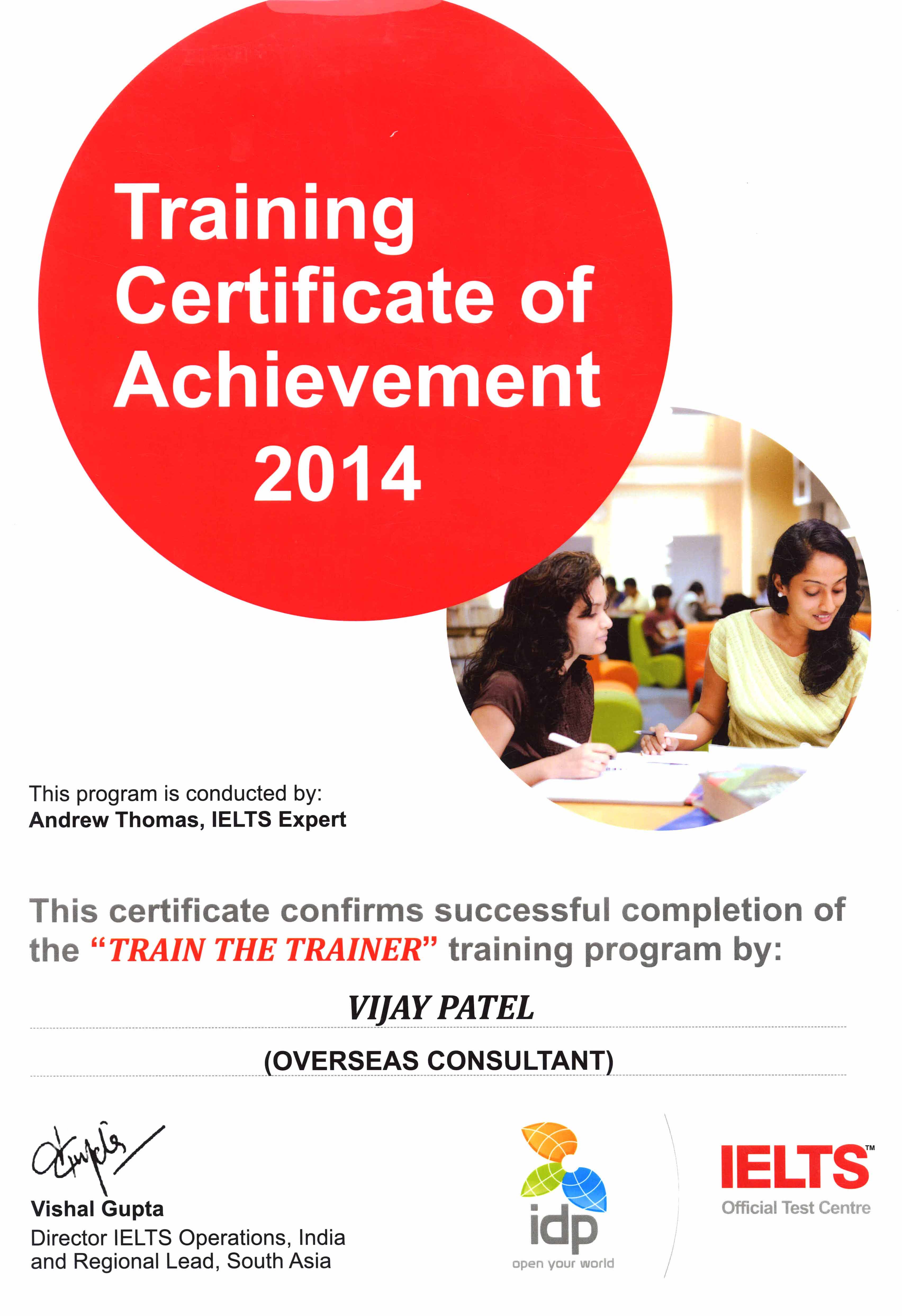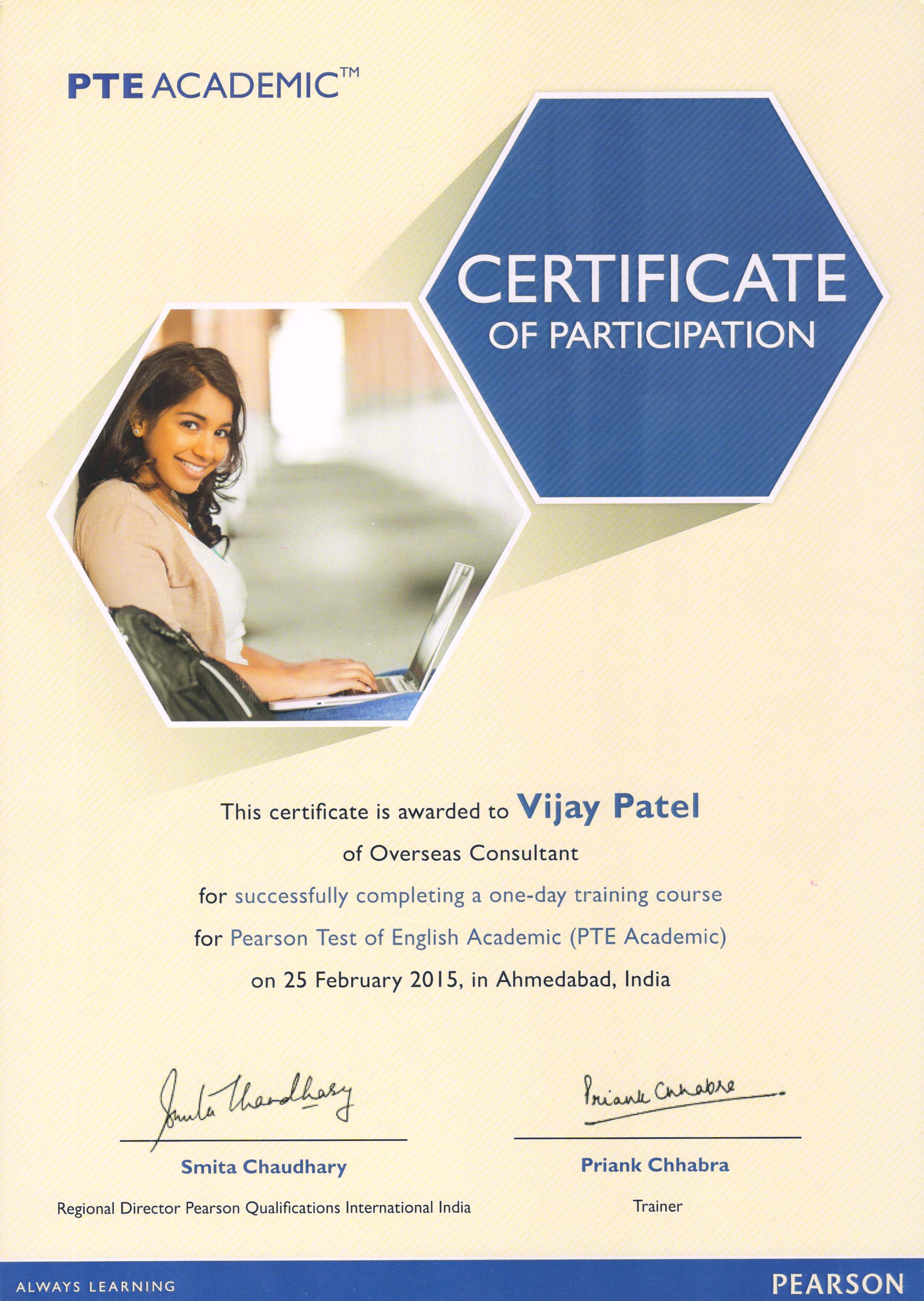IELTS, the International English Language Testing System, is designed to assess the language ability of candidates who want to study or work where English is the Language of Communication.
IELTS is recognized by over 6,000 organizations worldwide, including universities, employers, professional bodies, immigration authorities and other government agencies.
| Easily Accessible | IELTS is offered up to four times a month in more than 125 countries. |
| The International Test | IELTS is internationally focused in terms of its content. |
| Trusted Test | IELTS has been developed by some of the world’s leading experts in language assessment, and is supported by an extensive program of research, validation and test development. |
| Levels of IELTS | IELTS is designed to assess English language skills at all levels. There is no such things as a pass or fail in IELTS. Results are reported as band scores on a scale from 1 (the lowest) to 9 (the highest). |
| Test Result | You will receive a Test Report Form which reports a score for each of the four skills ( Listening, Reading, Writing and Speaking ), as well as an Overall Band Score. Results are issued 13 days after the Test. |
| Validity of Test Result | Validity of IELTS Results is 2 years from the date of Test. |
| Test Modules | There are TWO Modules – Academic and General Training. Academic module is for candidates wishing to study at various levels, and for those seeking professional registration. General Training module is for candidates wishing to migrate to an English – speaking countries. |
| Sections of Test | Both modules cover four skills – Listening, Reading, Writing and Speaking. |
Listening
30 Minutes
(plus 10 minutes’ transfer time)
40 Questions
A variety of question types is used from multiple choice, matching, plan/map/diagram labeling, form completion, note completion, table completion, flow-chart completion, summary completion, sentence completion, short-answer questions etc.
4 Parts
- Section 1 is a conversation between two people set in an everyday social context.
- Section 2 is a monologue set in an everyday social context.
- Section 3 is a conversation between up to four people set in an educational or training context.
- Section 4 is a monologue on an academic subject.
- Each section is heard once only.
- A variety of voices and native-speaker accents is used.
A wide range of listening skills is assessed, including understanding of ideas & specific factual information, recognizing opinions, attitudes, and following development of an argument.
Each correct answer receives 1 mark.
Scores out of 40 are converted to the IELTS 9 band scale.
Scores are reported in whole and half bands.
Reading
60 Minutes
(no extra transfer time)
40 Questions
A variety of question types is used from multiple choice, identifying information (True/False/Not Given), identifying writer’s views/claims (Yes/No/Not Given), matching information, matching headings, matching features, matching sentence endings, sentence completion, summary completion, note completion, table completion, flow-chart completion, diagram label completion, short-answer questions etc.
Academic Reading
Each section contains one long text. Texts are authentic and are taken from books, journals, magazines and newspapers. They have been written for a non-specialist audience and are on academic topics of general interest. Texts range from the descriptive and factual to the discursive and analytical. Texts may contain non-verbal materials such as diagrams, graphs or illustrations. In case of technical terms, a simple glossary is provided.
General Training Reading
Section 1 contains two or three short factual texts, one of which may be composite. Topics are relevant to everyday life in an English-speaking country.
Section 2 contains two short factual texts focusing on work-related issues.
Section 3 contains one longer, more complex, text on a topic of general interest.
Texts are authentic and are taken from notices, advertisements, company handbooks, official documents, books, magazines and newspapers
A wide range of reading skills is assessed, including reading for gist, main ideas, detail, understanding inferences & implied meaning, recognizing a writer’s opinions, attitudes & purpose, and following development of an argument
Each correct answer receives 1 mark.
Scores out of 40 are converted to the IELTS 9 band scale.
Scores are reported in whole and half bands.
Writing
60 minutes
2 Tasks
Candidates are required to write at least 150 words for Task 1 and at least 250 words for Task 2
Academic Writing
In Task 1, candidates are presented with a graph, table, chart or diagram and are asked to describe, summarize or explain the information in their own words.
In Task 2, candidates are asked to write an essay in response to a point of view, argument or problem
Responses to Task 1 and Task 2 should be written in a formal style
General Training Writing
In Task 1, candidates are presented with a situation and are asked to write a letter requesting information or explaining the situation. The letter may be personal, semi-formal in style
In Task 2, candidates are asked to write an essay in response to a point of view, argument or problem.
In both tasks, candidates are assessed on their ability to write a response which is appropriate in terms of content, the organization of ideas, and the accuracy and range of vocabulary and grammar.
Candidates are assessed on their performance on each task by certified IELTS examiners according to the four criteria of the IELTS Writing Test Band Descriptors ( Task Achievement & Response / Coherence & Cohesion / Lexical Resource / Grammatical Range & Accuracy ).
Task 2 contributes twice as much as Task 1 to the Writing score
Scores are reported in whole and half bands
Speaking
11 – 14 minutes
3 Parts face-to-face oral interview with an examiner
The Speaking test is recorded
Part 1 : Introduction and Interview
(4-5 minutes)
The examiner introduces him/herself and asks the candidate to introduce him/herself and confirm his/her identity. The examiner asks the candidate general questions on familiar topics, e.g. home, family, work, studies and interests
Part 2 : Individual Long Turn
(3-4 minutes)
The examiner gives the candidate a task card which asks the candidate to talk about a particular topic and which includes points which the candidate can cover in their talk.
The candidate is given 1 minute to prepare their talk, and is given a pencil and paper to make notes.
The candidate talks for 1-2 minutes on the topic. The examiner then asks the candidate one or two questions on the same topic
Part 3 : Two-way discussion
(4-5 minutes)
The examiner asks further question which are connected to the topic of part 2.
These questions give the candidate an opportunity to discuss more abstract issues and ideas
A wide range of speaking skills is assessed, including ability to communicate opinions, information on everyday topics, common experiences & situations by answering a range of questions. The ability to speak at length on a given topic using appropriate language and organizing ideas coherently, ability to express and justify opinions and to analyze, discuss and speculate about issues.
Candidates are assessed on their performance throughout the test by certified IELTS examiners according to the four criteria of the IELTS Speaking Test Band Descriptors ( Fluency & Coherence / Lexical Resource / Grammatical Range & Accuracy / Pronunciation ).



